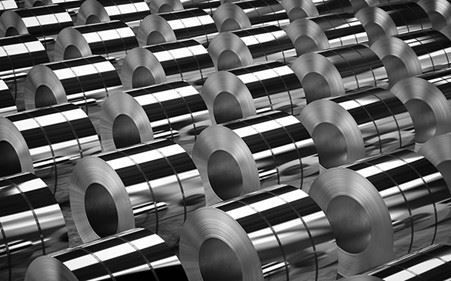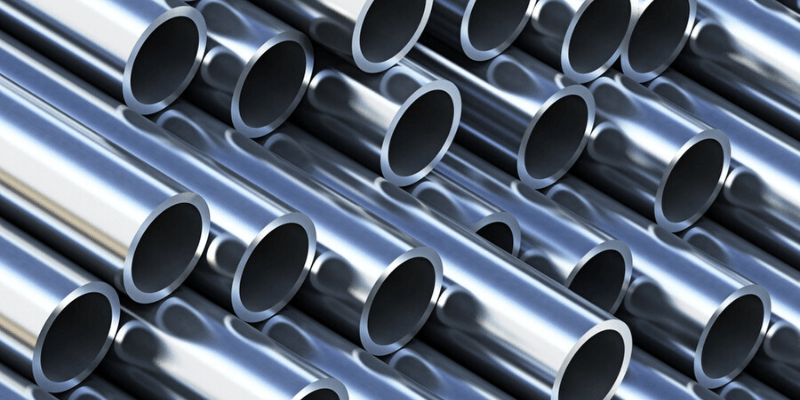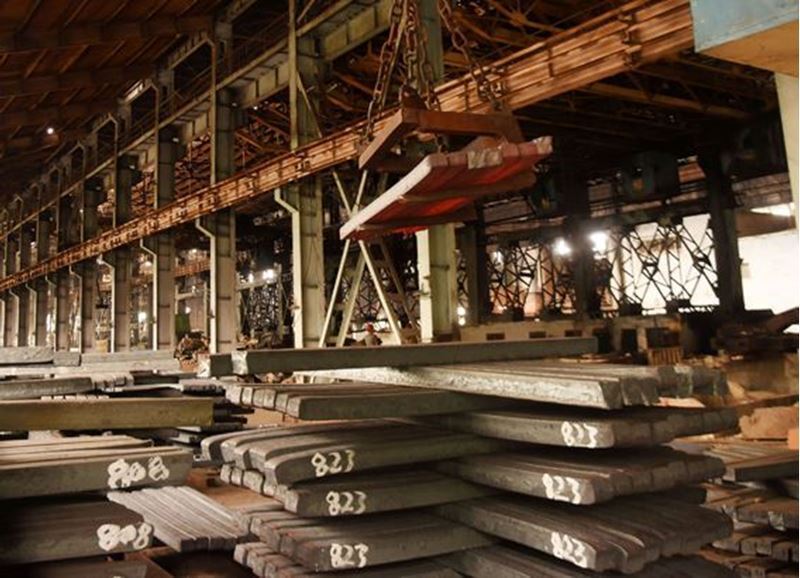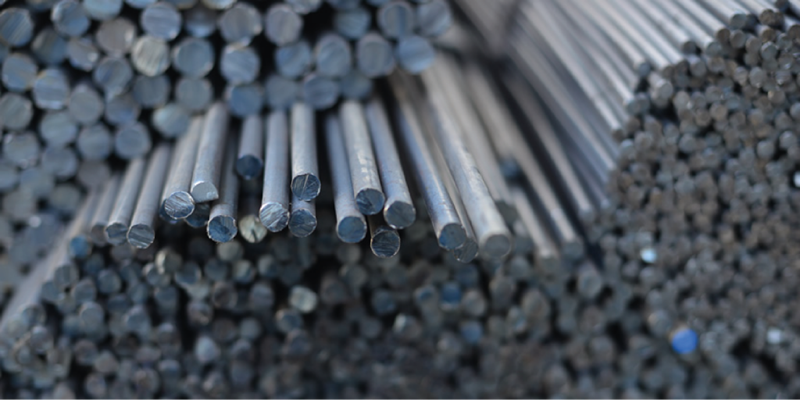While Korea's total support for hydrogen reduction steel is stated as 268.5 billion KRW (approximately 194 million USD), Germany's budget allocated to this field is approximately 10.2 trillion KRW (approximately 7.4 billion USD), meaning that Korea's support quite above. Similarly, Japan allocated 4.0491 trillion KRW (about 3 billion USD), the United States 2.01 trillion KRW (about 1.5 billion USD), and Sweden 1.4471 trillion KRW (about 1.1 billion USD) for hydrogen reduction. makes significant investments in steel.
Recently, regulations such as the European Union's (EU) Carbon Border Adjustment Plan (CBAM) and the Global Sustainable Steel Agreement (GSSA) between the USA and the EU are increasing the demand for low-carbon steel production. However, Korea's falling behind in this field threatens the competitiveness of the country's steel industry.
As Korea's largest steelmaker, POSCO continues to develop HyREX, a Korean-style hydrogen reduction steelmaking technology. This technology aims to significantly reduce carbon emissions by using hydrogen instead of coal. According to POSCO, an investment of approximately KRW 40 trillion (approximately USD 30.5 billion) is required to achieve carbon neutrality by 2050. In particular, at least 20 trillion KRW (about 15 billion USD) is required by 2050 for the development of hydrogen reduction steel technology and the conversion of all facilities.
However, to date, the Korean government's support budget for hydrogen reduction steel technology is only 26.9 billion KRW (about 20 million USD), accounting for only 10% of the total support for the decarbonization of the steel industry. The remaining 90% is devoted to the improvement of existing facilities, and the carbon reduction impact of these improvements is limited.
The government plans to develop the basic technology for hydrogen-reducing steel production by 2025, build a 1-million-ton capacity demonstration plant by 2030, and commercialize this technology by 2040. However, Climate Solutions emphasized that with just over a year to go until 2025, it is unclear whether technology development will be completed and there is no specific support plan for this process.
"The Korean government's plan to develop hydrogen reduction steel technology lags behind major competitors. If the European-style hydrogen reduction steelmaking process is commercialized as planned, the Korean steel industry will inevitably lose competitiveness in the low-carbon steel market," said an official from Climate Solutions. It was emphasized that Korea should invest more in hydrogen reduction steel technology and increase government support in order to maintain industrial competitiveness and take the lead.









Comments
No comment yet.